Sonia Fereidooni
Guardian-regularized Safe Offline Reinforcement Learning for Smart Weaning of Mechanical Circulatory Devices
Nov 08, 2025Abstract:We study the sequential decision-making problem for automated weaning of mechanical circulatory support (MCS) devices in cardiogenic shock patients. MCS devices are percutaneous micro-axial flow pumps that provide left ventricular unloading and forward blood flow, but current weaning strategies vary significantly across care teams and lack data-driven approaches. Offline reinforcement learning (RL) has proven to be successful in sequential decision-making tasks, but our setting presents challenges for training and evaluating traditional offline RL methods: prohibition of online patient interaction, highly uncertain circulatory dynamics due to concurrent treatments, and limited data availability. We developed an end-to-end machine learning framework with two key contributions (1) Clinically-aware OOD-regularized Model-based Policy Optimization (CORMPO), a density-regularized offline RL algorithm for out-of-distribution suppression that also incorporates clinically-informed reward shaping and (2) a Transformer-based probabilistic digital twin that models MCS circulatory dynamics for policy evaluation with rich physiological and clinical metrics. We prove that \textsf{CORMPO} achieves theoretical performance guarantees under mild assumptions. CORMPO attains a higher reward than the offline RL baselines by 28% and higher scores in clinical metrics by 82.6% on real and synthetic datasets. Our approach offers a principled framework for safe offline policy learning in high-stakes medical applications where domain expertise and safety constraints are essential.
Data-Driven Simulator for Mechanical Circulatory Support with Domain Adversarial Neural Process
May 28, 2024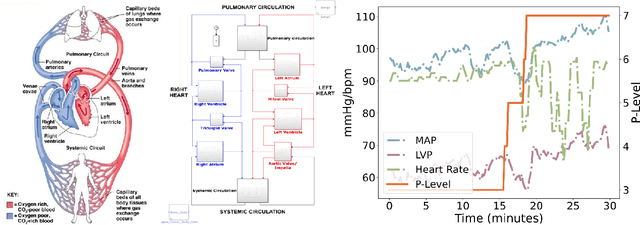

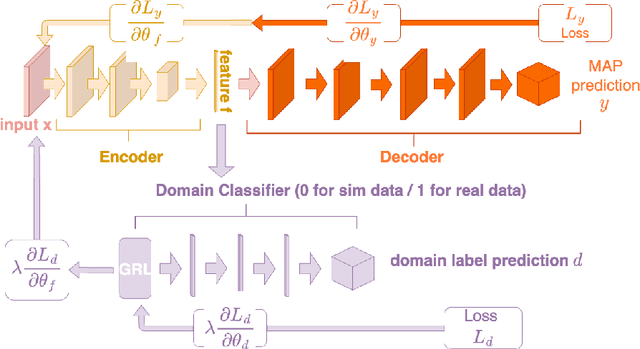

Abstract:Mechanical Circulatory Support (MCS) devices, implemented as a probabilistic deep sequence model. Existing mechanical simulators for MCS rely on oversimplifying assumptions and are insensitive to patient-specific behavior, limiting their applicability to real-world treatment scenarios. To address these shortcomings, our model Domain Adversarial Neural Process (DANP) employs a neural process architecture, allowing it to capture the probabilistic relationship between MCS pump levels and aortic pressure measurements with uncertainty. We use domain adversarial training to combine simulation data with real-world observations, resulting in a more realistic and diverse representation of potential outcomes. Empirical results with an improvement of 19% in non-stationary trend prediction establish DANP as an effective tool for clinicians to understand and make informed decisions regarding MCS patient treatment.
Bias Against 93 Stigmatized Groups in Masked Language Models and Downstream Sentiment Classification Tasks
Jun 08, 2023Abstract:The rapid deployment of artificial intelligence (AI) models demands a thorough investigation of biases and risks inherent in these models to understand their impact on individuals and society. This study extends the focus of bias evaluation in extant work by examining bias against social stigmas on a large scale. It focuses on 93 stigmatized groups in the United States, including a wide range of conditions related to disease, disability, drug use, mental illness, religion, sexuality, socioeconomic status, and other relevant factors. We investigate bias against these groups in English pre-trained Masked Language Models (MLMs) and their downstream sentiment classification tasks. To evaluate the presence of bias against 93 stigmatized conditions, we identify 29 non-stigmatized conditions to conduct a comparative analysis. Building upon a psychology scale of social rejection, the Social Distance Scale, we prompt six MLMs: RoBERTa-base, RoBERTa-large, XLNet-large, BERTweet-base, BERTweet-large, and DistilBERT. We use human annotations to analyze the predicted words from these models, with which we measure the extent of bias against stigmatized groups. When prompts include stigmatized conditions, the probability of MLMs predicting negative words is approximately 20 percent higher than when prompts have non-stigmatized conditions. In the sentiment classification tasks, when sentences include stigmatized conditions related to diseases, disability, education, and mental illness, they are more likely to be classified as negative. We also observe a strong correlation between bias in MLMs and their downstream sentiment classifiers (r =0.79). The evidence indicates that MLMs and their downstream sentiment classification tasks exhibit biases against socially stigmatized groups.
BKinD-3D: Self-Supervised 3D Keypoint Discovery from Multi-View Videos
Dec 14, 2022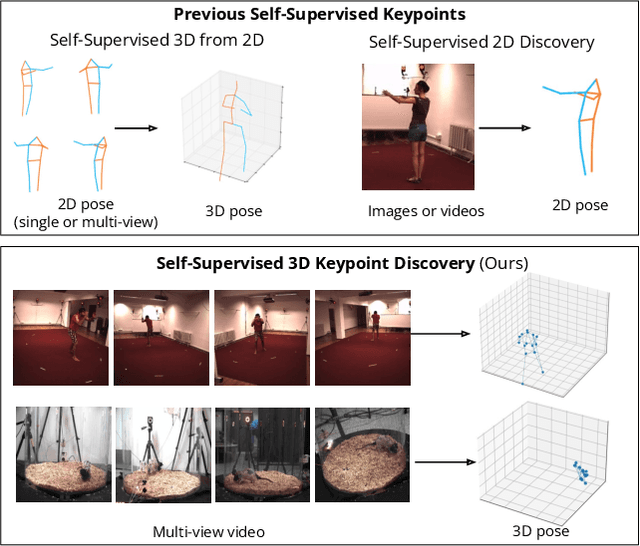
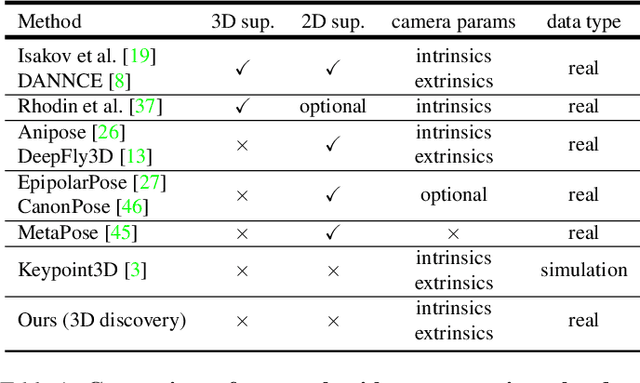
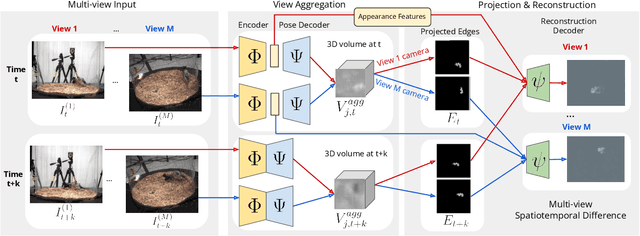
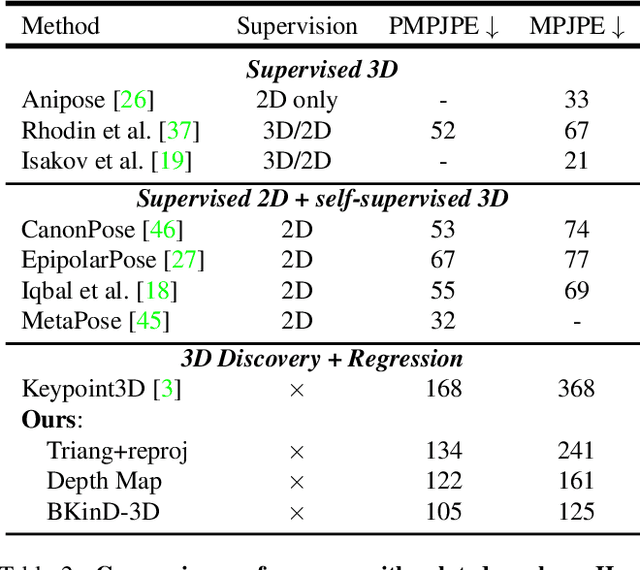
Abstract:Quantifying motion in 3D is important for studying the behavior of humans and other animals, but manual pose annotations are expensive and time-consuming to obtain. Self-supervised keypoint discovery is a promising strategy for estimating 3D poses without annotations. However, current keypoint discovery approaches commonly process single 2D views and do not operate in the 3D space. We propose a new method to perform self-supervised keypoint discovery in 3D from multi-view videos of behaving agents, without any keypoint or bounding box supervision in 2D or 3D. Our method uses an encoder-decoder architecture with a 3D volumetric heatmap, trained to reconstruct spatiotemporal differences across multiple views, in addition to joint length constraints on a learned 3D skeleton of the subject. In this way, we discover keypoints without requiring manual supervision in videos of humans and rats, demonstrating the potential of 3D keypoint discovery for studying behavior.
 Add to Chrome
Add to Chrome Add to Firefox
Add to Firefox Add to Edge
Add to Edge